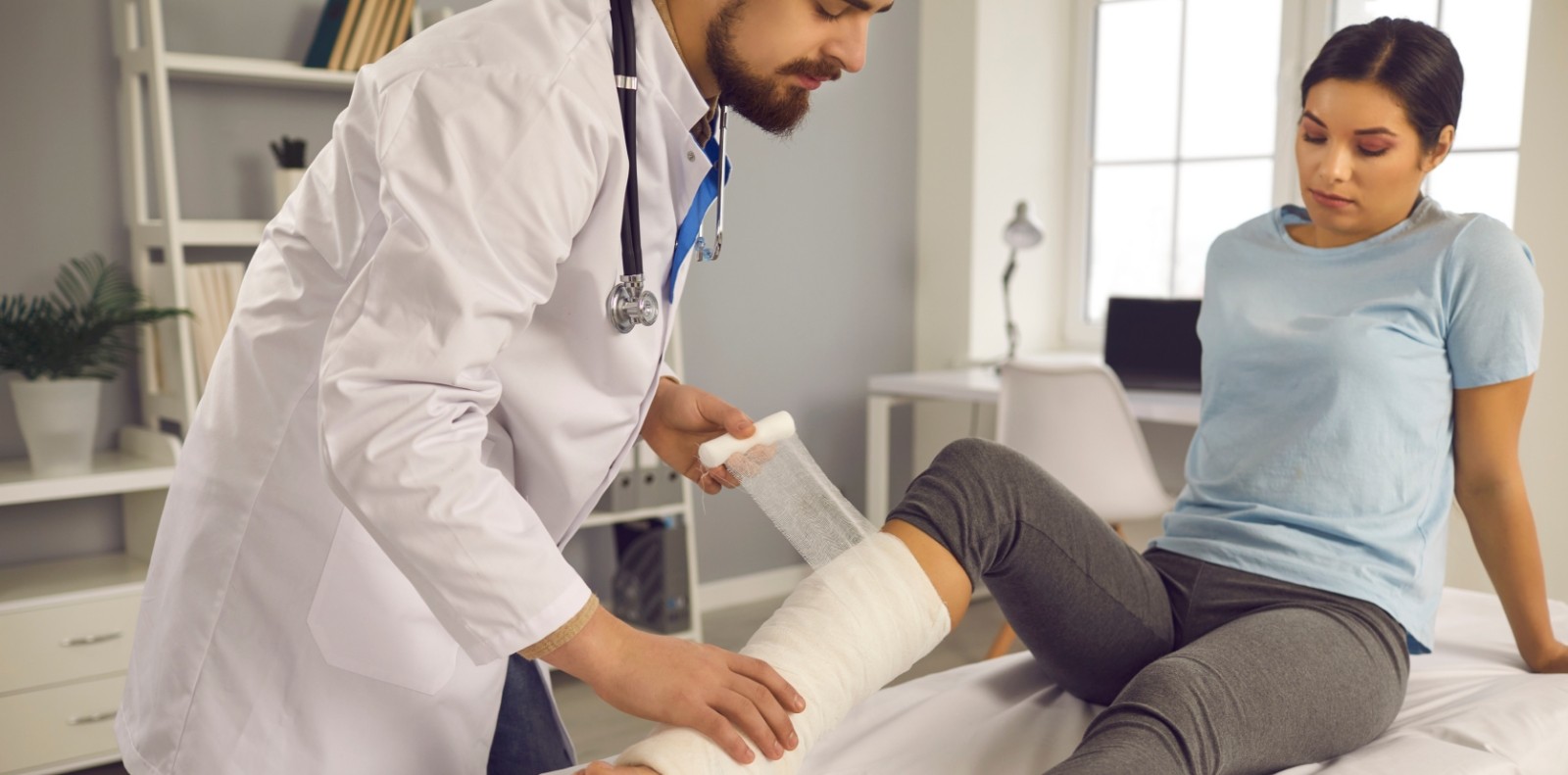
Orthopedic
Introduction
Orthopedics is a branch of medicine that focuses on the diagnosis, treatment, and prevention of conditions related to the bones, joints, ligaments, muscles, and tendons. It plays a crucial role in maintaining mobility, strength, and overall body function. Whether it’s a simple fracture, arthritis, or complex spinal surgery, orthopedic care helps restore the body’s movement and balance.
In today’s active world, orthopedic specialists have become essential healthcare providers. They not only treat injuries but also help people live pain-free, active, and independent lives. From children with congenital bone issues to athletes recovering from injuries and elderly individuals dealing with arthritis, orthopedics covers all age groups.
Understanding the Role of an Orthopedic Doctor
An orthopedic doctor, also known as an orthopedist, is a specialist who deals with problems of the musculoskeletal system. This system includes bones, joints, muscles, and connective tissues that support the body’s structure and movement.
Orthopedic doctors use various techniques — from non-surgical treatments like physiotherapy, medication, and braces to advanced surgical procedures such as joint replacements or spinal corrections. Their main goal is to improve mobility, relieve pain, and enhance the quality of life for patients.
Common Orthopedic Conditions
Orthopedic specialists handle a wide range of conditions that affect movement and bone health. Some of the most common orthopedic problems include:
- Arthritis: A degenerative joint disease causing pain, stiffness, and swelling.
- Fractures: Breaks or cracks in bones due to injury or accidents.
- Osteoporosis: A condition where bones become weak and brittle, increasing fracture risk.
- Sports Injuries: Strains, sprains, and ligament tears common among athletes.
- Back and Spine Disorders: Including herniated discs and scoliosis.
- Tendonitis: Inflammation of tendons due to overuse or strain.
These conditions may vary in severity, but timely diagnosis and treatment can prevent complications and ensure faster recovery.
Non-Surgical Treatments in Orthopedics
Not all orthopedic conditions require surgery. In fact, many issues can be managed with conservative or non-invasive treatments. Orthopedic doctors often recommend therapies like:
- Physical Therapy: Exercises to strengthen muscles and improve flexibility.
- Medication: Pain relievers and anti-inflammatory drugs to reduce swelling.
- Orthotic Devices: Braces or supports that help stabilize joints and bones.
- Injections: Such as corticosteroid or hyaluronic acid injections for pain management.
- Lifestyle Modifications: Weight management and posture correction for better joint health.
These treatments aim to reduce pain, increase mobility, and allow patients to return to their normal routines without surgical intervention.
Surgical Treatments and Advances
When conservative methods are not enough, orthopedic surgery becomes the next option. Surgical treatments have evolved greatly with modern technology, offering safer, faster, and more effective results.
Some common orthopedic surgeries include:
- Joint Replacement Surgery: Replacing damaged joints (hip, knee, or shoulder) with artificial implants.
- Arthroscopy: A minimally invasive procedure using small cameras to diagnose and treat joint problems.
- Spinal Surgery: Correcting issues like disc herniation or spinal deformities.
- Fracture Fixation: Using plates, screws, or rods to stabilize broken bones.
Advancements such as robotic-assisted surgery and 3D imaging have revolutionized orthopedic care, reducing recovery time and improving accuracy.
Orthopedics and Sports Medicine
Sports medicine is a vital branch of orthopedics that focuses on preventing and treating injuries related to physical activity. Athletes often experience ligament tears, joint dislocations, or muscle strains that require specialized attention.
Orthopedic sports doctors help athletes recover quickly and safely, using customized treatment plans that include physiotherapy, nutrition guidance, and gradual return-to-play programs. This field not only treats injuries but also emphasizes prevention through proper training techniques and body mechanics.
Pediatric Orthopedics
Orthopedic care is not limited to adults. Pediatric orthopedics deals with bone and joint issues in children, including birth defects, growth abnormalities, and injuries. Children’s bones are still developing, which makes their treatment different from adults.
Conditions such as clubfoot, scoliosis, or developmental hip dysplasia require early diagnosis and specialized care. Pediatric orthopedic surgeons focus on ensuring that children grow with healthy bones and proper alignment for lifelong mobility.
Geriatric Orthopedics
As people age, bones lose density, joints become stiffer, and mobility decreases. Geriatric orthopedics focuses on the elderly, treating conditions like arthritis, osteoporosis, and hip fractures.
Orthopedic care for seniors often involves joint replacement surgeries, pain management, and rehabilitation programs. The goal is to help older adults maintain independence and enjoy an active lifestyle even in later years.
Rehabilitation and Recovery
Rehabilitation is an important part of orthopedic care. After surgery or injury, patients need structured recovery plans to regain strength and movement.
Rehabilitation may include physical therapy sessions, occupational therapy, balance training, and gradual exercises. These help patients restore their range of motion, improve flexibility, and reduce pain. A proper rehabilitation plan ensures long-term recovery and prevents re-injury.
Preventive Orthopedic Care
Preventing orthopedic problems is just as important as treating them. Maintaining a healthy lifestyle with regular exercise, balanced nutrition, and proper posture can significantly reduce the risk of bone and joint disorders.
Simple habits such as stretching before workouts, wearing proper footwear, and avoiding repetitive strain can make a big difference. Regular check-ups with an orthopedic doctor can also help detect early signs of joint wear or bone weakness before they become serious.
Conclusion
Orthopedics plays a vital role in helping people lead active, pain-free lives. From treating fractures and arthritis to performing advanced surgeries, orthopedic specialists are dedicated to keeping the body strong and mobile.
Modern orthopedic care combines science, technology, and compassion to restore movement and independence. Whether you are recovering from an injury, dealing with chronic pain, or simply aiming to protect your joint health, orthopedic medicine offers the expertise and support you need.
Taking care of your bones today ensures strength, stability, and freedom of movement for years to come — because healthy bones are the foundation of a healthy




